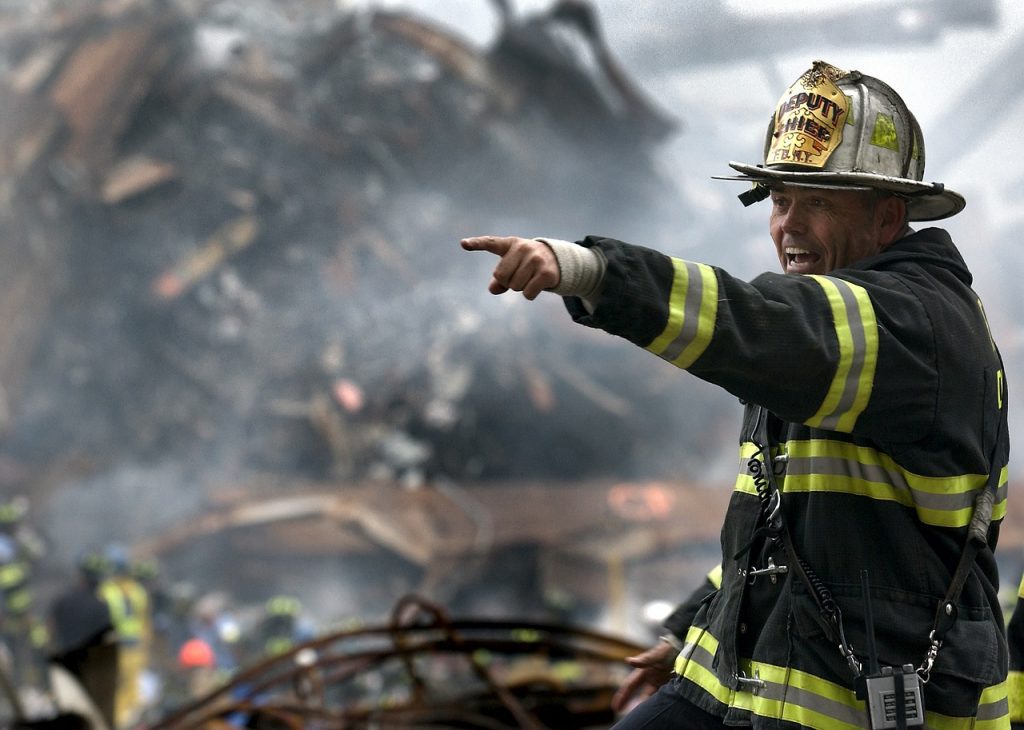Firefighters Fear Electric Cars For A Concerning Reason
Firefighters fear electric cars for reasons that should concern you if you are looking to purchase one.
This article is more than 2 years old

Many manufacturers look to electric cars as a greener avenue for the automotive industry. For firefighters, these types of vehicles bring new safety hazards. The flammability of electric car batteries and the complications of extinguishing those fires make these vehicles increasingly hazardous.
An Electric car’s combustibility comes from its lithium battery. The car’s battery is similar to a cellphone battery but scaled much larger. These lithium batteries provide cars with long-lasting energy that could power a single home for two days. The sheer energy these cars hold means a car’s combustion can extend way longer than an average car fire.
Firefighters everywhere are realizing the difficulties of extinguishing electric car fires. For regular vehicles, firefighters can eliminate combustions with 300 gallons of water, which is an amount firetrucks anticipate using. But for electric cars, firefighters have used up to 28,000 gallons of water to control these long-lasting lithium fires. One single firetruck can’t possibly hold 28,000 gallons, meaning more firefighters, water, and vehicles will be imperative for more electric cars occupying U.S. highways.
Back in April of 2021, a Tesla caught fire in Houston. The fire lasted seven hours, having multiple firetrucks at the scene trying to control the situation. Once the primary fire was extinguished, a new fire ignited in the trunk of the Tesla, which was followed closely by a third. The three tricky fires combined with the longevity of the combustion had firefighters fearing they were unequipped. Eight fire trucks were sent to the scene, far more needed than a standard car fire.

The training and firetruck accessibility for firefighters may not come in time for the inevitable electric car increase. In 2021, electric cars hit a record high in their market share, climbing to 1.8%. Experts say that one in ten vehicles will be electric by 2025. The skyrocketing popularity of these vehicles means firefighters must evolve to meet those needs. But the excessive amount of resources firefighters need to deal with electric cars could leave them flailing in a Tesla-dominated future.
Though cars like Tesla come with first responder guides, the National Transporation Safety Board noted that most directories are inaccurate. The board also stated that Teslas are not exempt from this critique since standard car manufacturers generally fail to provide adequate responder guides. The most advantageous approach firefighters can take is not assessing a manual but receiving proper electric car training.
A spokesperson for the National Transportation Safety Board said they’re still providing helpful information to firefighters and finding solutions for lithium combustion. The board members are engaging shareholders and first responders to discuss answers to electric car combustion, hoping to find a better remedy than massive amounts of water.
Tesla has kept up with fire responders to solve this electric car issue. In Fremont, California, a fire department said Tesla officials have been working with them for the past eight years. This is a positive step towards electric car safety, but other fire departments nationwide still feel unequipped to deal with such dangerous fires. As Tesla and other brands manufacturing these vehicles gain popularity, there will hopefully be more information around extinguishing lithium combustion.





